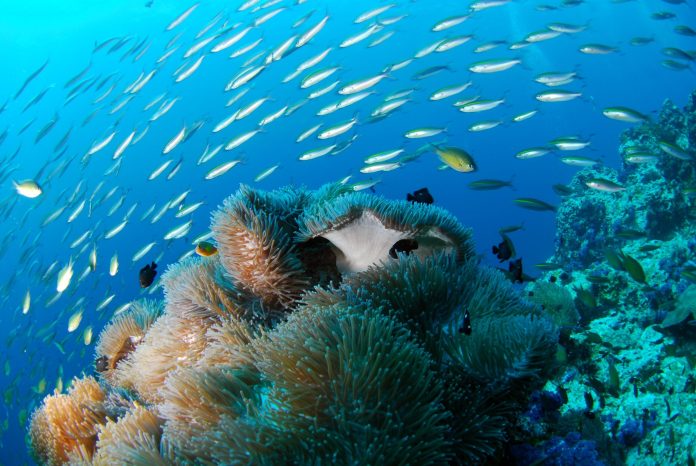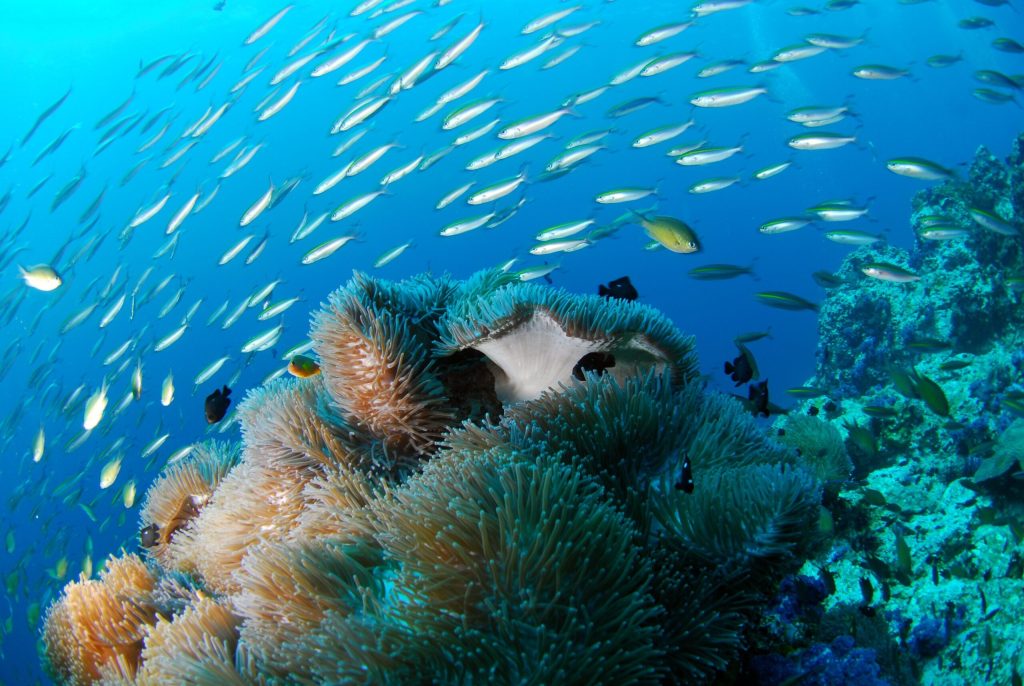
“Because it is so high pressure in these incredible depths, you wouldn’t automatically think that they would be able to occur in these locations,” marine ecologist Kareen Schnabel explained, standing above the newest find that is revolutionizing science’s understanding of life on the ocean floor. Direct observation of hadal trench chemosynthesis-based ecosystems regions descending 19,000 to 30,000 feet below the Pacific extended the depth limit previously known for life beyond anything previously envisioned as well as pushed biologic and geochemical process assumptions to their limits.

1. Expanding the Frontiers of Deep-Sea Life
Kuril-Kamchatka and Aleutian trenches, several thousands of kilometers long along tectonic plates, have been considered unfriendly since very early because of their extremely high hydrostatic pressures exceeding 98 MPa and complete darkness. But over July and August 2024, an international crew from the Institute of Deep-Sea Science and Engineering of the Chinese Academy of Sciences made a series of dives aboard the platform Fendouzhe submersible, in front of breathtaking forests of red tube worms, spiny polychaetes, giant clams, and white microbial mats living at depths of more than 9,500 meters. As Dominic Papineau has explained, “This is the first time chemosynthesis-based communities have been directly observed at extreme depths.” These observations, reported in Nature, dramatically increase the known depth and biogeographical range for most species, hinting at far more resilience and adaptability than previously documented.
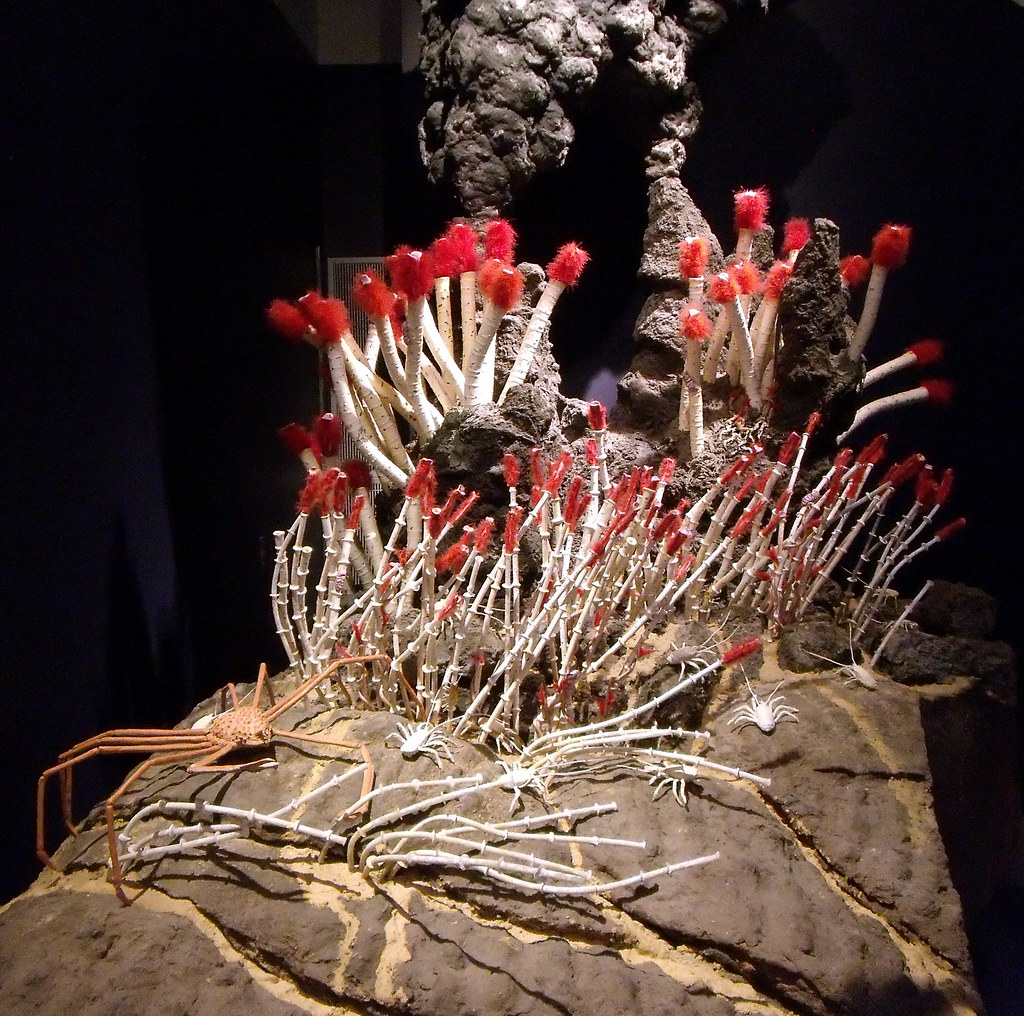
2. Chemosynthesis: Life Without Sunlight
Sunlight doesn’t reach to these depths, so photosynthesis is out of the question. Rather, it happens through chemosynthesis, with microbes producing organic material from hydrogen sulfide and methane the volatiles that emanate from the fractures of the rocks. The scientists wrote, “These communities are maintained by hydrogen sulfide-rich and methane-rich fluids that move along faults that penetrate deep sediment layers in trenches.” The outcome is a dense, highly productive siboglinid polychaete- and chemosymbiotic bivalve-dominated fauna with some fields containing up to 5,813 Siboglinidae and 293 Bivalvia per square meter exceptionally high specialist species abundance and density.

3. Geochemical Dynamics and Methane Cycling
The hadal trenches are not only biological interfaces but also zones of active geochemical activity. Exploration showed anomalously elevated methane concentrations and the possibility of gas hydrate formation, providing new information on deep carbon cycling. Microbial CO2 reduction in sedimentary organic matter generates methane, maintaining a dynamic subsurface biosphere. The pervasive occurrence of methane-rich settings within these trenches indicates that deep-subsurface biospheres may significantly impact subduction-zone biogeochemical cycles and affect global carbon models and climate projections.
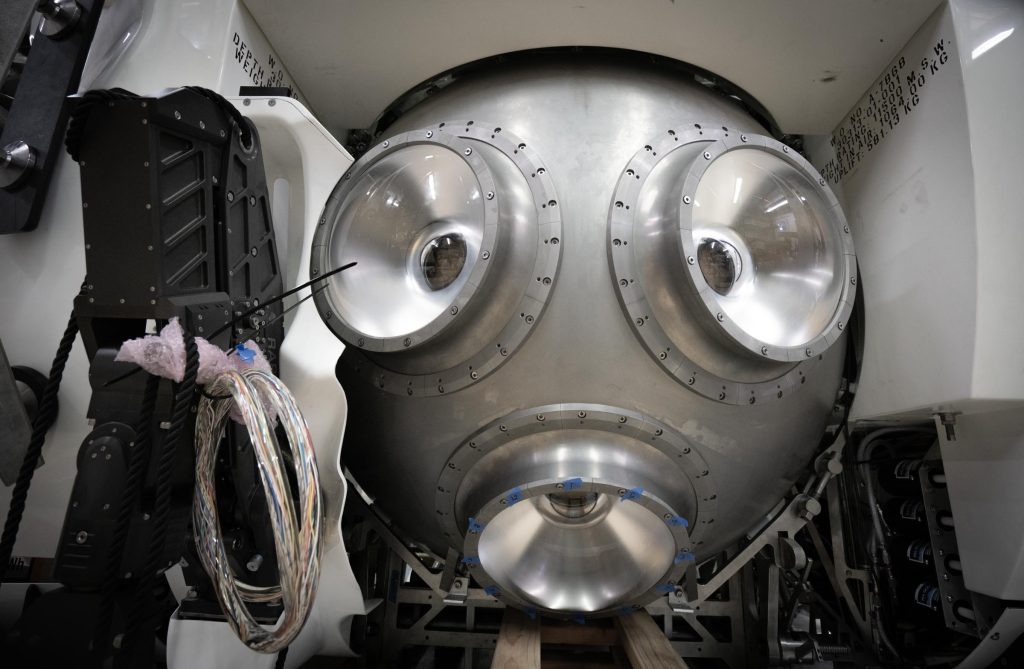
4. Engineering the Fendouzhe: Expanding the Frontiers of Technology
To attain such record-breaking depths was a challenge of marine engineering. The Fendouzhe submersible, which is intended for full-ocean-depth cruises, has a 1.8-meter-diameter titanium ball in which its three-man crew is accommodated, which can resist pressures that would wreck standard ships. As Schnabel explained, “You have a small window that is only 12 centimeters in diameter that you can look out of.” You can’t stretch your legs while you’re sitting on a little bench in a small titanium sphere. The submersible is equipped with hydraulically powered manipulators, high-definition cameras, and advanced sampling systems, enabling precise collection of biological and geological samples from the trench floor.
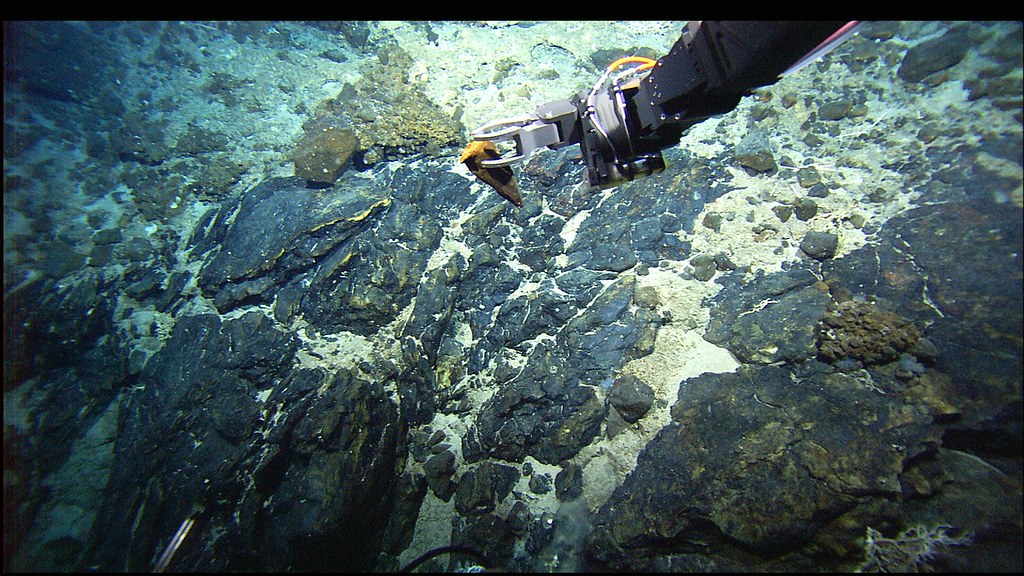
5. Sampling, Analysis, and Genomic Insights
In retrieval, samples are sorted and stored onboard the research ship with care. Visual observations were made with video records and laser scaling for precise density calculations. Genetic collection of data through extraction and coxI gene sequencing facilitated early taxonomy identification and resolved the evolutionary relationships of newly discovered species. Concentration of gases, isotopic composition, and pore-water chemistry were measured in sediment cores, and the intricate interactions among geochemical gradients and biological communities were revealed.
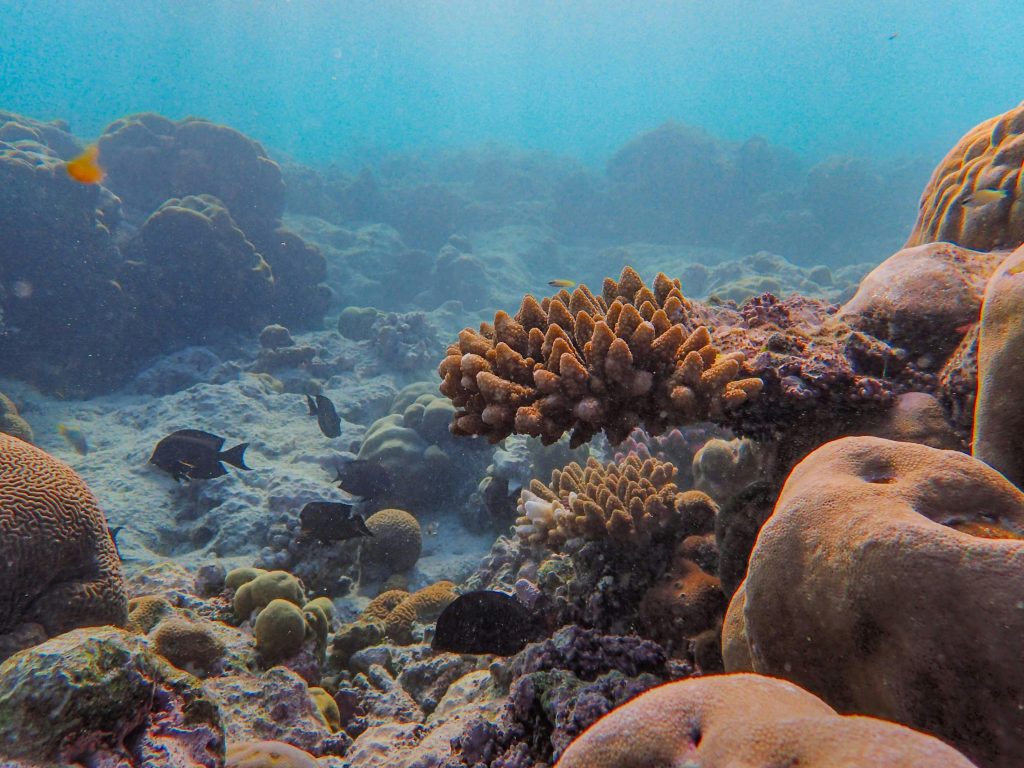
6. Ecological Interactions and Transition Zones
Transition zones from chemosynthetic to non-chemosynthetic habitats are not suddenly “suddenly” different. Rather, transition zones ecotones predate and enable the passage of energy, nutrients, and organisms and are hotspots of taxonomic and genetic richness. Overlap of chemosynthesis-based life with heterotrophic benthic life like actiniarians and amphipods demonstrates that methane seep production plays a role in the rest of the benthic community. This trophic subsidy’s previously underappreciated contribution to hadal ecosystems’ structuring and function role can be a contribution of chemosynthetic processes to hadal ecosystem function.

7. Geological Setting and Habitat Diversity
The Kuril-Kamchatka and Aleutian trenches are tectonically active, with subduction of the Pacific Plate by the Okhotsk and Bering Sea Plates. These tectonic interactions form faults and fractures that act as channels for the transportation of methane and hydrogen sulfide, which harbor chemosynthetic communities. They occur in patchy spatial distributions with different species assemblages in different trench segments and depth ranges. Notably, the deepest location of seepage named “The Deepest” was located at 9,533 meters, a chemosynthetic environment record deep.

8. Microbial Mats and Carbon Cycling
Snow-white microbial mats seen in the trenches are more than an aesthetic delight; they play a crucial role in cycling carbon and nutrients. The mats of archaea and bacteria permit oxidation of methane and hydrogen sulfide, which serve as the foundation of the food chain. The trapping of methane in sedimentary units and the creation of gas hydrates imply that much of subducting organic carbon is trapped within trench sediments over geologic timescales instead of being carried into the deep lithosphere complex nature of carbon cycling in the deep sea.
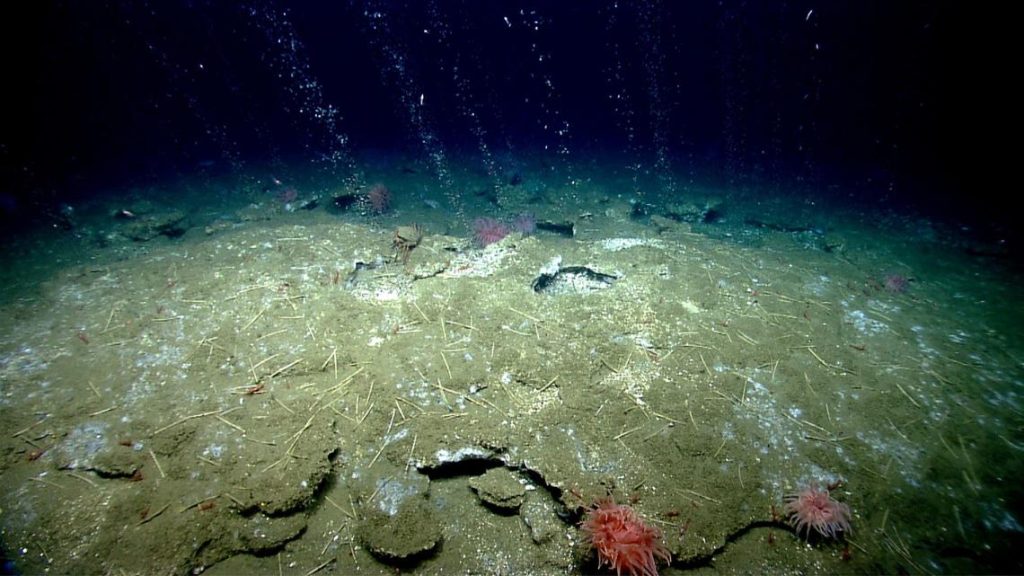
The success facilitated by the Fendouzhe submersible not only redefine the conditions at the frontiers of life on Earth but also highlight the critical position of premium engineering and cross-disciplinary science in demystifying the hadal environment.
